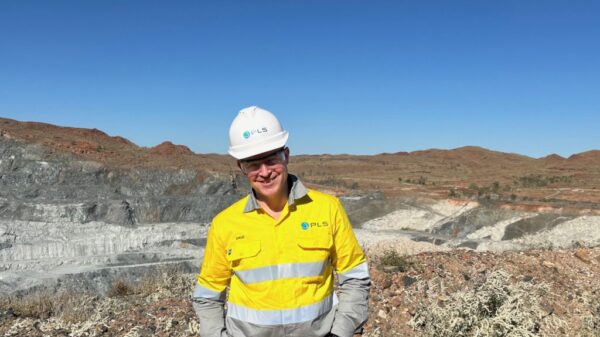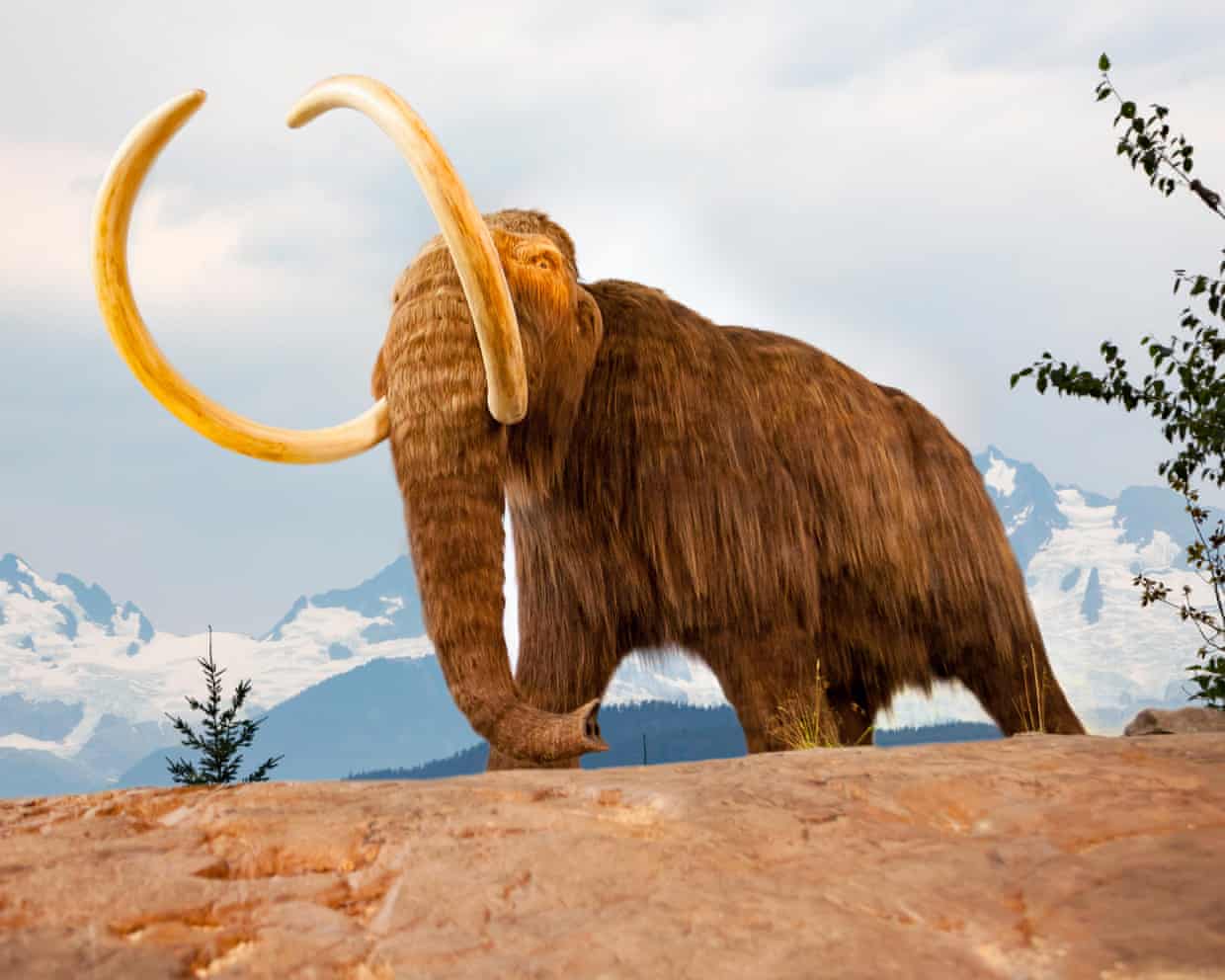Fossilisation is a rare occurrence, with most organisms vanishing without leaving a trace. Yet, in specific environments, DNA from living organisms can bind to soil and rock, preserving evidence of their existence for vast periods, sometimes even millions of years. Scientists are now harnessing this phenomenon, known as sedaDNA, to reconstruct detailed historical environments, revealing insights into ecosystems long gone.
Research led by Tony Brown from the University of Southampton highlights the potential of sedaDNA in understanding the past. Brown explains that under the right conditions, DNA can become incorporated into mineral structures, allowing it to endure through time. This advancement enables scientists to track species like the woolly mammoth, which, contrary to previous beliefs, lived in the Arctic much longer than once thought.
The scope of sedaDNA research extends beyond well-known species. Scientists are investigating soft-bodied organisms, such as worms, which typically do not fossilise. Every living creature contributes traces of DNA through skin flakes, hair, faeces, urine, pollen, or decaying tissue. These remnants can be found in abundance, offering researchers a treasure trove of genetic material for analysis.
Linking DNA to Ancient Art
In a groundbreaking study conducted in Norway, researchers successfully matched sedaDNA with ancient rock paintings depicting animals on cave walls. This connection not only highlights the robustness of genetic material but also opens avenues for understanding the interactions between ancient humans and their environments.
Meanwhile, Brown and his team are engaged in an ambitious project known as PortGEN, which aims to explore sedaDNA in sediments from ancient world ports, including Rome and Venice. By examining these sediments, they seek to gain new insights into the lives and ecosystems that once thrived in these historic locations. The research could illuminate the relationships between ancient civilisations and their environments, providing a clearer picture of how humans adapted to changing conditions over time.
The potential applications of sedaDNA are vast and varied. As techniques improve and more samples are analysed, scientists anticipate uncovering even more about past biodiversity, climate changes, and the intricate web of life that existed before recorded history. This innovative approach to studying the past not only enriches our understanding of ancient ecosystems but also informs current conservation efforts.
The exploration of sedaDNA represents a significant step forward in the field of palaeogenomics. As researchers continue to delve into this fascinating area of study, the implications for our understanding of history and biology are profound. The capacity to “read” the history written in rocks may very well transform how we view the interconnectedness of life through the ages.






































































